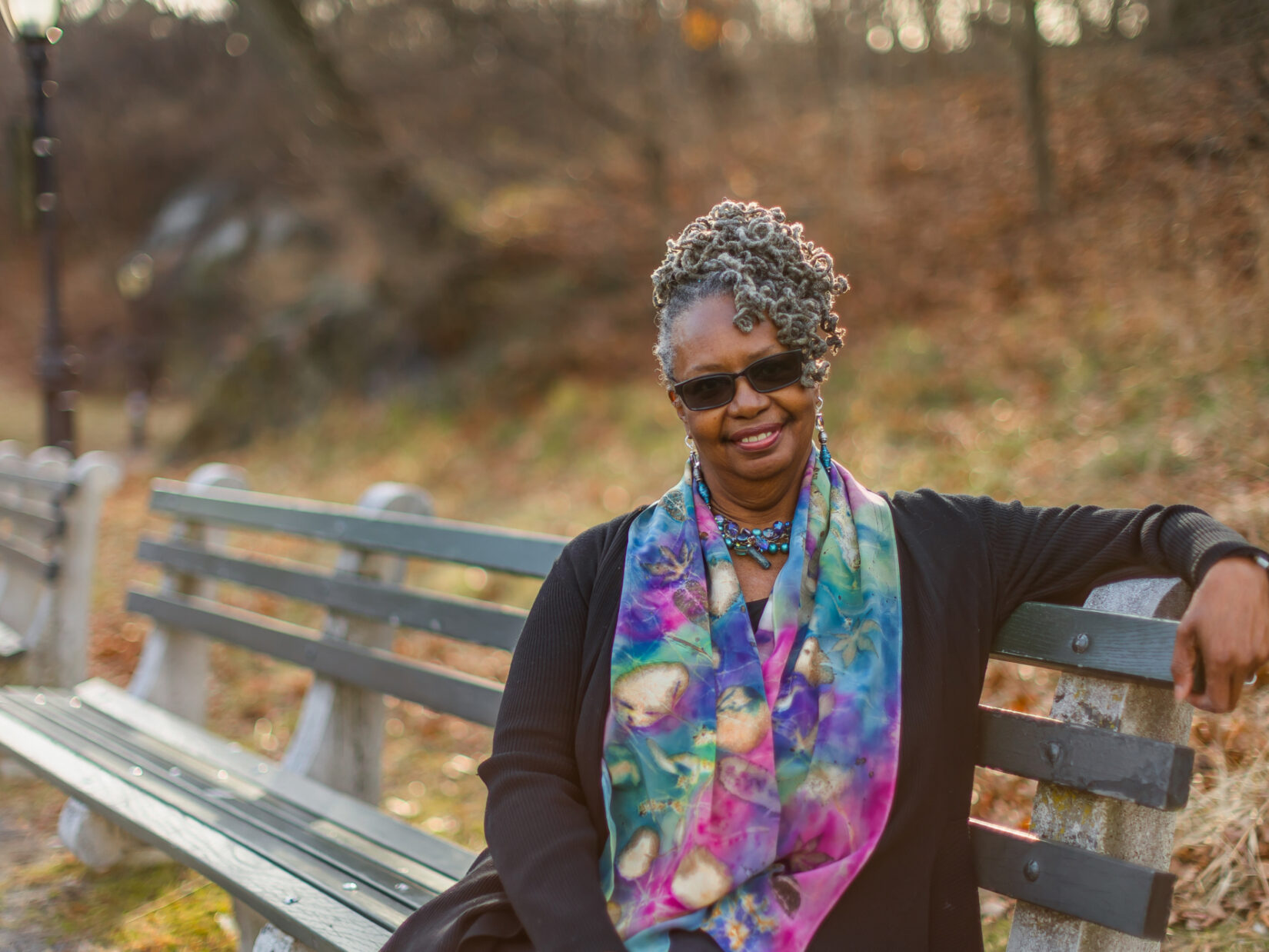Magazine
5 Questions with Stefan Al, Architect, Urban Designer, and Educator

A longtime tree enthusiast, Stefan Al, PhD, is a Dutch architect and urban designer, and currently a visiting professor at Pratt Institute and an adjunct associate professor at Columbia University. His research explores the effect of the urban tree canopy on heat, air quality, and mental health. “It’s inevitable for anyone who’s engaged in architecture to be engaged with green infrastructure,” he says.
With summer officially here, we spoke with Stefan about how Central Park’s trees will keep us healthy this season.

Central Park’s infamous stand of American elm trees, found along the Mall, is an example of the Park’s range of biodiversity.
Sheila McMenamin: How would you describe urban biodiversity in simple terms?
Stefan Al: I like the idea of the “library of life”—millions and millions of “books” that are filled with knowledge, history, and experience of each species on Earth. Every living thing on this planet is a result of millions of years of adaptation to different environmental conditions and can offer insight on what we can expect for the future. While species have the power to evolve, there is a lot that could go wrong. As a result of urbanization and climate change, we are burning many of the “books” in our collective library.
Can you describe the link between Central Park’s biodiversity and the health of New Yorkers?
The range of trees in Central Park has a huge positive effect on air quality. Trees act as a natural filter, absorbing particulates and pollutants and emitting oxygen, which allows us to breathe. When you have this process of filtration on a city scale—like in Central Park—that is significant.

Bees help to spread pollen between plants in Central Park—a process that's essential to the reproduction of plant life.
Another way that trees keep us healthy is by reducing the urban heat island effect. Compared with rural areas, streets become hotter in more developed areas because of the asphalt and roofs that reflect heat all day. With the effects of climate change getting stronger, the heat that New York City experiences each summer becomes more intense. A healthy tree canopy, like what we see in Central Park, helps reduce that temperature.
The restorative effect of green space is huge, too. The sights and sounds of nature—like birds chirping or leaves rustling—have a huge psychological effect. Something about these sounds makes people relax. Hospital research has even found that patients with views of trees and greenery recover sooner and are happier during their recuperation.
How do trees promote and rely on a biodiversity of species, especially in urban landscapes?
As seen in Central Park, when there’s a bigger conglomeration of trees, and when a park space is larger, it’s easier for more species to thrive. Trees provide habitat and food to birds, bees, and other wildlife, and in return, these species help to pollinate and therefore reproduce these trees.
One green space that addresses this species interdependence well is Forest Park in Portland, Oregon. They interlinked all their parks, just like in the Netherlands. These green viaducts allow different species, like foxes, birds, and squirrels, to migrate between parks rather than remain isolated in one place.

The Harlem Meer is home to both land and water habitats for wildlife.
This is especially important for birds. In New York City, between 100,000 and 200,000 birds are killed each year by flying into buildings. There’s a misconception that birds don’t see glass and humans do. We also don’t see it, but our cognition allows us to know there is a building before us. Birds don’t have that cognition, which creates hazardous conditions during seasonal migrations. That’s why it’s important for a city like New York to promote biodiversity through parks, street trees, and green roofs, too. Little by little our city is becoming greener and safer for traveling wildlife.
Where can New Yorkers visit the Park to see many examples of biodiversity in action?
I once went on a bat tour in Central Park, where we used echo meters to detect bat radar. We were near the American Museum of Natural History, on the west side at 81st Street, at dusk, where you can really see and hear the bats. They are mysterious animals—they seem otherworldly. They tend to get a bad rap, but it’s special that they are here in the City. Bats are an incredible, agile species that play a huge role in eating insects and even pollinating plants. They are essential to the biodiversity of the Park.
How can New Yorkers be champions of biodiversity, in Central Park and at home?
Central Park and the High Line are doing great work in terms of their commitment to biodiversity in the City, but we should advocate for protecting biodiversity all over the world. Cities always need more trees and more green roofs, but it would be even better to establish parks in more neighborhoods, so that everyone has access to green spaces. There should be a standard for green space accessibility in every city and every neighborhood. Hopefully our world will one day be filled with many more Central Parks.



